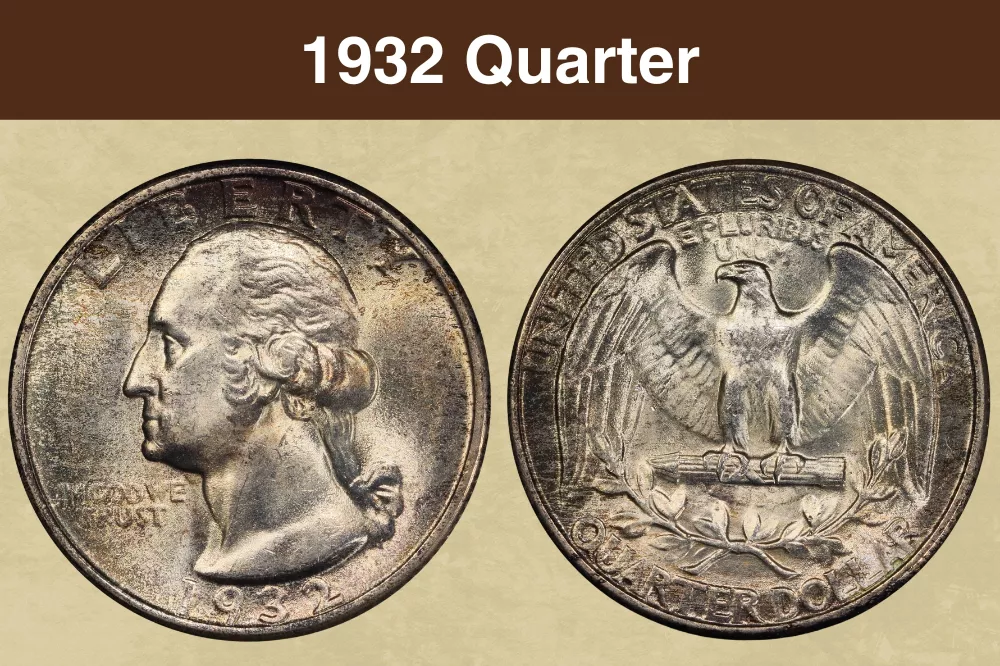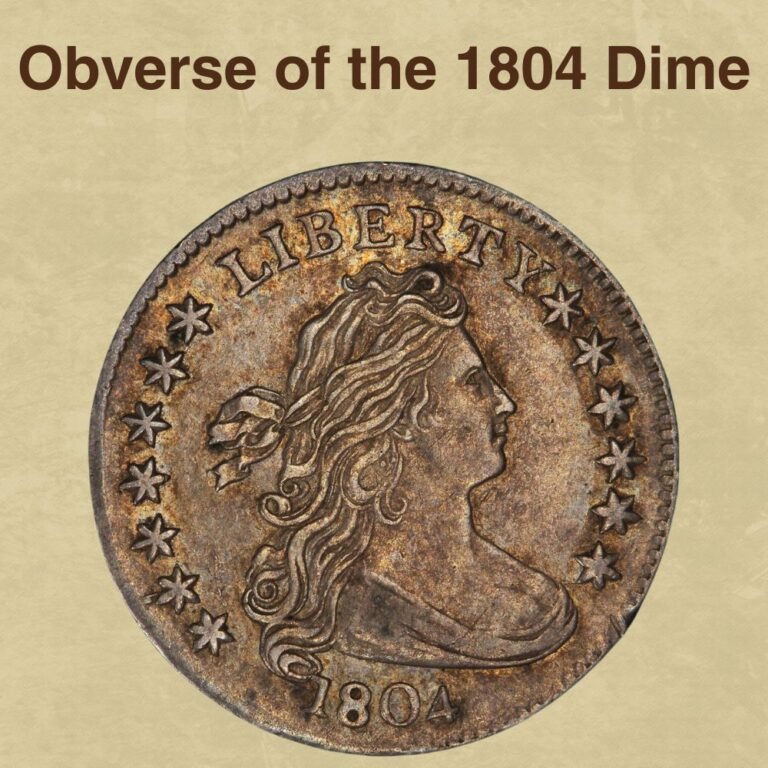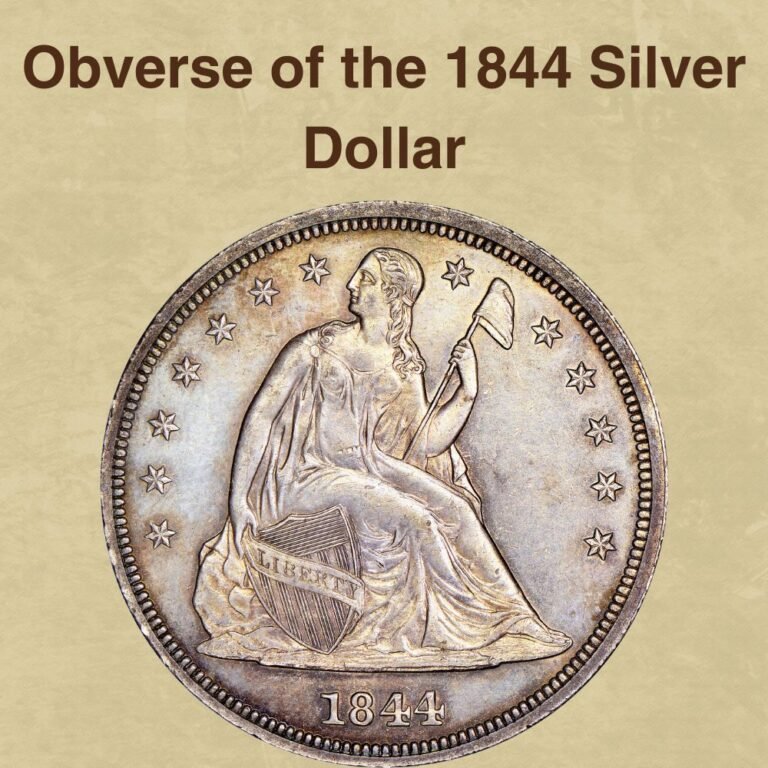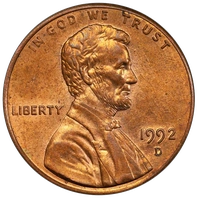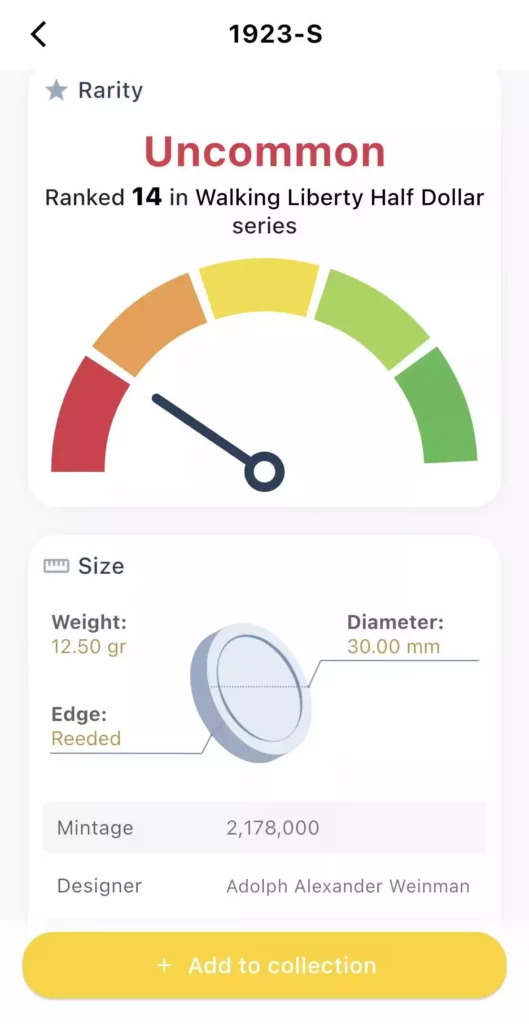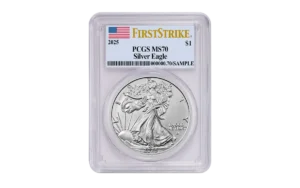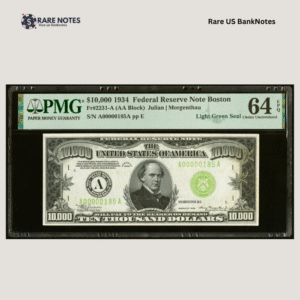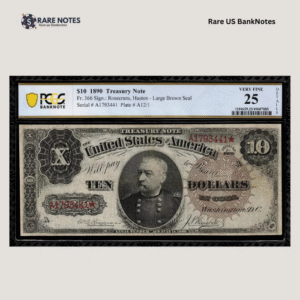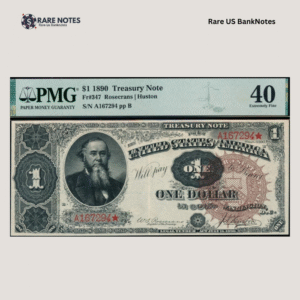Every quarter tells a story, but some scream history louder than others. For 67 years, the Washington Quarter didn’t just buy sodas and make change—it witnessed America transform from Depression-era survivor to digital-age superpower.
Think about it: These coins passed through the hands of soldiers shipping off to World War II, teenagers at Woodstock, families fleeing the Dust Bowl, and programmers coding the first websites. They clinked in the pockets of breadline workers and dot-com millionaires alike.
But among the billions minted between 1932 and 1998, ten years stand out as pivotal moments when this humble quarter became a protagonist in America’s story. Years when the coin itself made headlines, sparked controversies, or marked turning points that collectors still talk about today.
From the dramatic birth of the series during America’s darkest economic hour to its bittersweet farewell on the eve of Y2K, these aren’t just dates on coins—they’re chapters in our national autobiography. Each year we’re about to explore changed not just numismatics, but captured the spirit of an era.
Ready to discover which Washington Quarter years made history? Let’s journey through the decades and uncover the stories your pocket change has been trying to tell you…
1. 1932 – The Controversial Birth
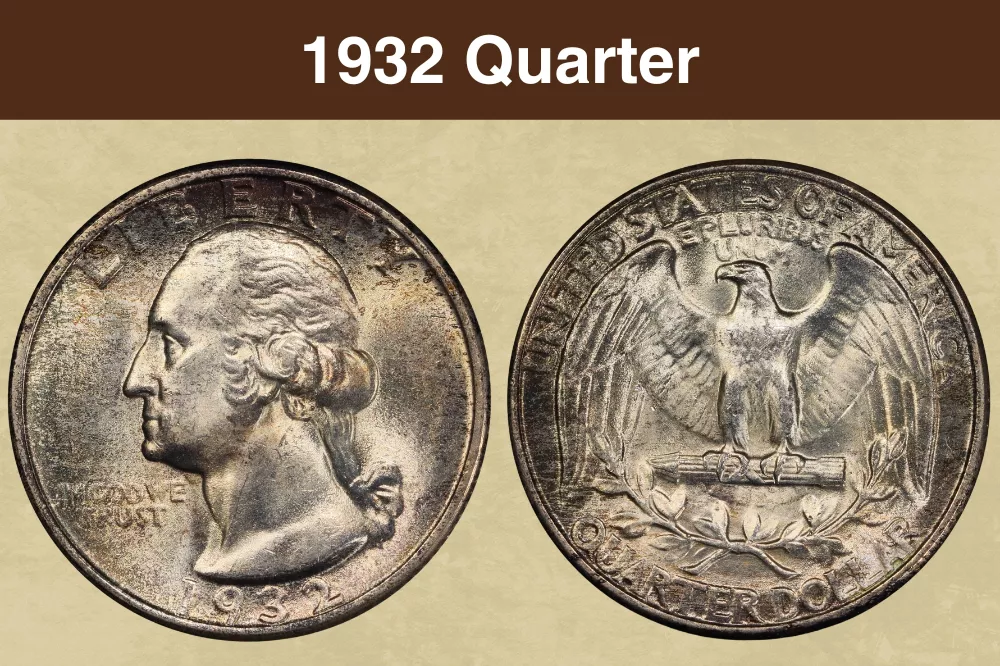
Here’s a scandal most people never heard about: The Washington Quarter you know and love wasn’t supposed to exist. Originally planned as a one-year commemorative for Washington’s 200th birthday, this coin sparked a controversy that still riles up historians today.
Laura Gardin Fraser—an accomplished sculptor and wife of Buffalo Nickel designer James Earle Fraser—actually WON the design competition fair and square. The Commission of Fine Arts loved her dynamic, artistic portrayal of Washington. Case closed, right? Wrong.
Enter Treasury Secretary Andrew Mellon, who took one look at Fraser’s design and said “Nope.” Instead, he handpicked John Flanagan’s more conservative profile—the one that ended up in your pocket for the next 67 years. Why? Officially, Mellon claimed Flanagan’s design was “more dignified.” Unofficially? Many suspected good old-fashioned sexism played a role.
The real kicker? The coin proved so popular with Depression-era Americans that what started as a one-year tribute became a permanent fixture. Mellon’s controversial choice literally shaped American pocket change for generations.
Fun fact: Laura Gardin Fraser finally got her due in 2022 when her original 1932 design was used for the American Women Quarters series. Talk about vindication—90 years late!
2. 1942 – Wartime Sacrifice
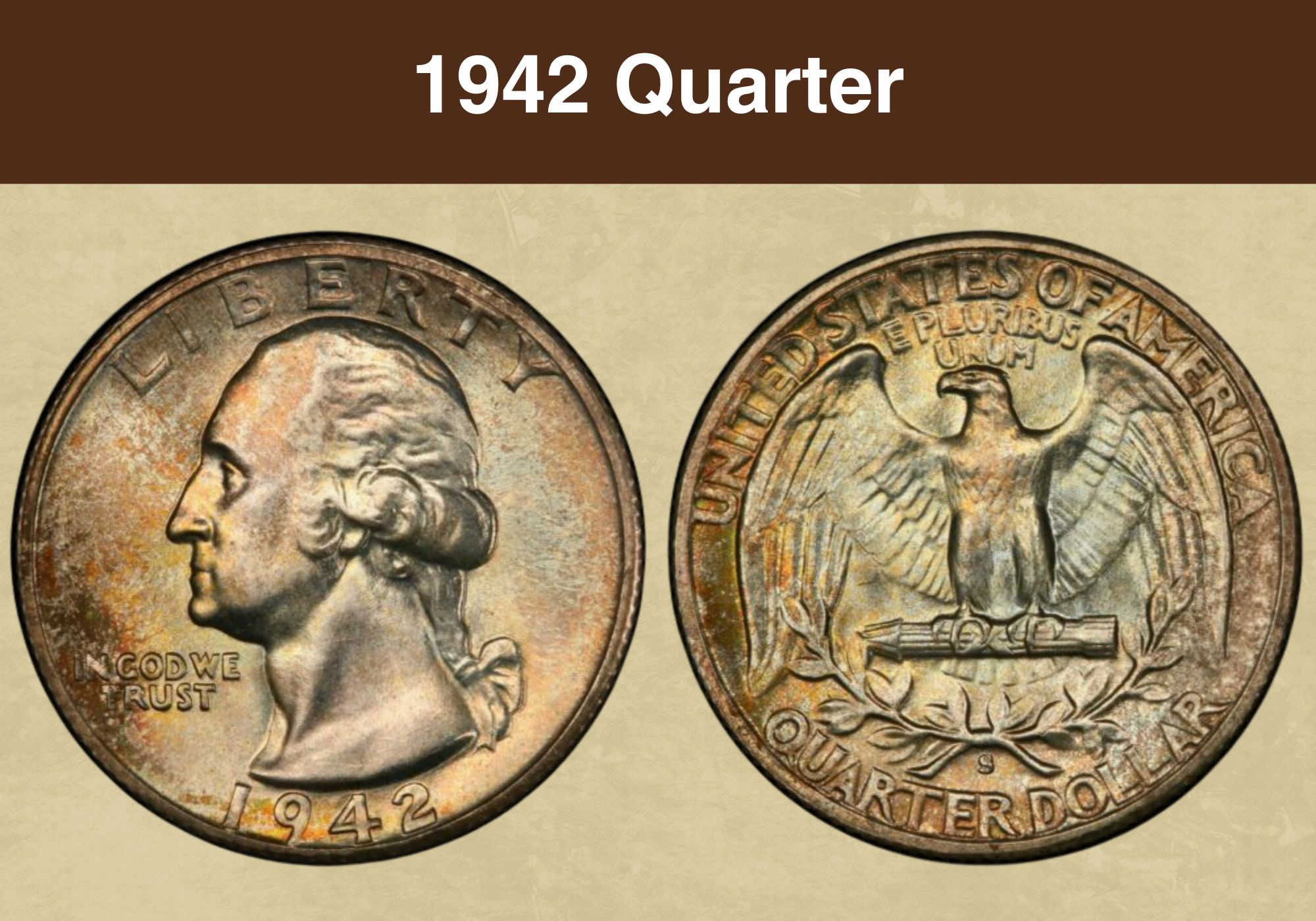
Pearl Harbor changed everything—including what happened to your quarters. By 1942, America was all-in on the war effort, and that meant every scrap of metal counted. While nickels got the famous “wartime composition” makeover, the Washington Quarter faced a different crisis entirely.
Here’s what went down: The Mint shifted into overdrive producing five-cent pieces with silver, manganese, and copper—metals desperately needed for the war. Quarter production? It took a backseat. San Francisco mint practically shut down quarter production, focusing on more critical denominations. Even Denver struggled to keep up.
But the real drama happened outside the Mint. Citizens were encouraged to turn in their silver coins for war bonds, and thousands did exactly that. Quarters by the bagful got melted down. “Silver for Victory” wasn’t just a slogan—it was a movement.
The result? Many 1942 quarters, especially from San Francisco, simply vanished into the melting pots of patriotism. What survived became accidental rarities, not by design but by destruction.
Today, finding a 1942-S in decent condition is tougher than you’d think. Not because few were made, but because so many answered the call of duty—literally melted down to help win the war. Now that’s a coin with a story worth telling.
3. 1950 – The Great Quarter Panic

Welcome to the wildest speculation bubble nobody talks about. In 1950, something bizarre happened: Everyday quarters became hotter than penny stocks, and regular folks turned into crazed speculators overnight.
Here’s the setup: Both Denver and San Francisco mints produced embarrassingly low numbers of quarters that year—just 2.1 million and 2.5 million respectively. Word got out among collectors that these might be the next big thing. Then all hell broke loose.
By 1952, rolls of 1950-D quarters that cost $10 (face value) were selling for $50. Then $100. At the peak of the madness? Try $300 per roll—that’s 30 times face value! Banks couldn’t keep them in stock. People lined up like it was Black Friday just to exchange bills for quarter rolls.
The speculation got so insane that the government actually investigated. Turns out, most 1950-D and 1950-S quarters never hit circulation—they went straight from banks into hoards. Regular Americans were convinced they’d found the next 1932-D.
Plot twist: They hadn’t. When the bubble burst, thousands of hoarders were left with… well, quarters worth 25 cents. Today, these dates are definitely scarce in high grades, but nothing like the mortgage-paying rarities speculators dreamed of.
Lesson learned? Sometimes the real treasure is the friends you make while waiting in line at the bank.
4. 1955 – The Year of the “Bugs Bunny” Quarter

Think quality control is boring? Not in 1955, when the U.S. Mint’s new inspection procedures accidentally created one of the coolest varieties in quarter history.
Here’s what happened: The Philadelphia Mint rolled out state-of-the-art quality checks to ensure every coin met strict standards. Ironic twist—their fancy new system completely missed a dying die that was falling apart faster than a celebrity marriage.
The result? A batch of quarters with what collectors call “die clash marks” so severe they looked like Bugs Bunny himself had taken a bite out of Washington’s head. Seriously. The die deterioration created these wild, jagged marks that resembled teeth marks or insect bites around the portrait.
Nobody noticed until these “Bugs Bunny” quarters hit circulation. By then, it was too late. The Mint’s embarrassment became collectors’ goldmine. Today, a well-preserved “Bugs Bunny” variety sells for 50-100 times regular value.
But 1955 marked something bigger: America was booming again. Car sales exploded, suburbs sprawled, and the Mint cranked out quarters like never before. Production jumped from wartime lows to peacetime highs—over 35 million from Philadelphia alone.
The lesson? Sometimes the most valuable coins come from the Mint’s worst day at work. And yes, collectors really do call them “Bugs Bunny” quarters. You can’t make this stuff up.
5. 1964 – The Great Silver Rush
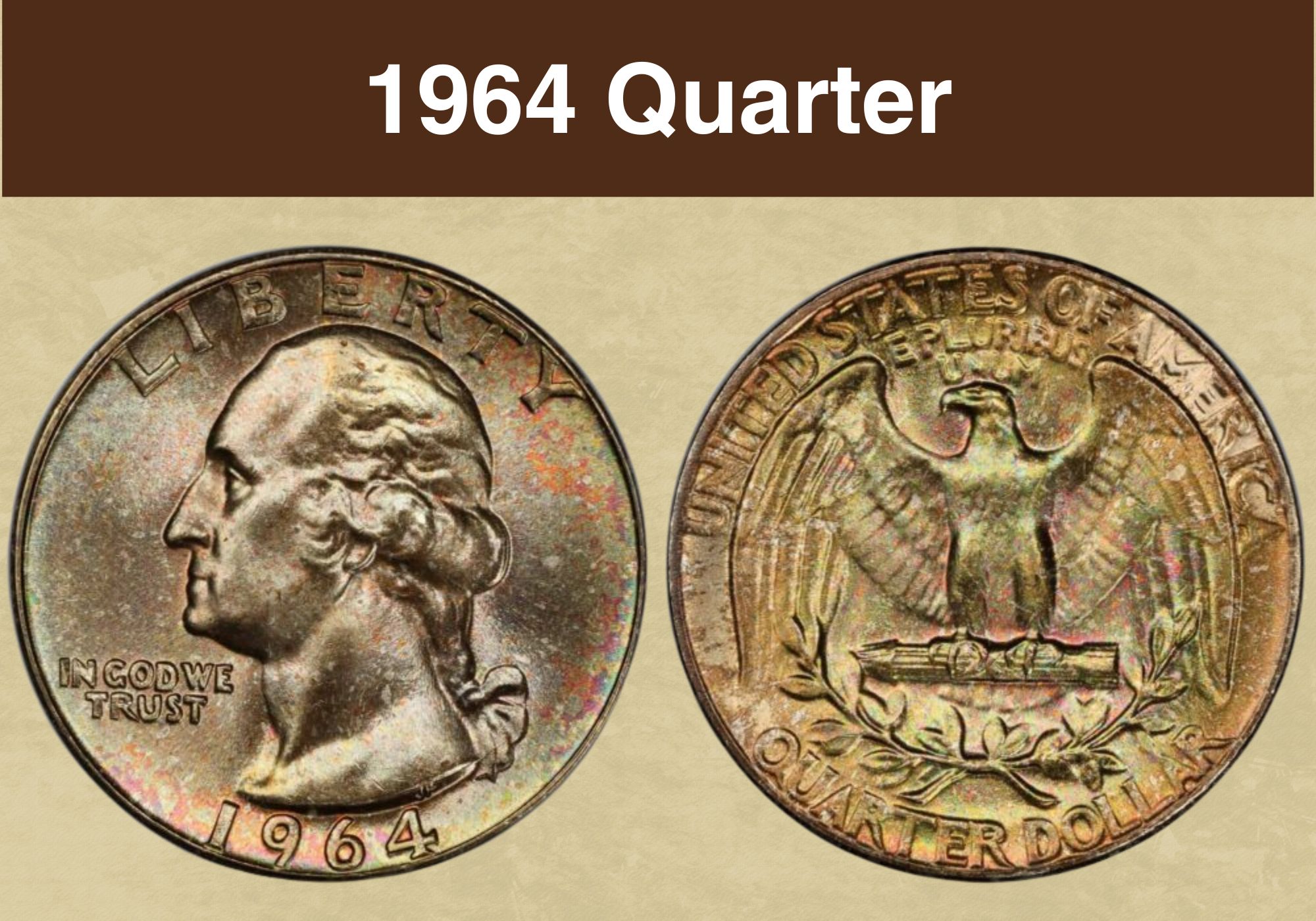
Remember when people went nuts over toilet paper in 2020? That was nothing compared to the Quarter Chaos of 1964. This was the year America lost its mind over pocket change.
The backstory: Silver prices started climbing, and word spread that 1964 would be the LAST year for 90% silver quarters. Game over. Panic mode activated. Suddenly, everyone and their grandmother became metal speculators.
Banks reported scenes straight out of a zombie movie. People showed up with wheelbarrows—actual wheelbarrows—demanding to exchange paper money for quarter rolls. Tellers ran out before noon. The Federal Reserve worked overtime shipping quarters to banks, only to watch them vanish within hours.
The Mint went absolutely berserk trying to keep up. They struck quarters 24/7, pumping out an insane 1.2 BILLION pieces—more than the previous five years combined. They even kept the 1964 date going into 1965 because they couldn’t change dies fast enough.
Here’s the kicker: The hoarders were right. Starting in 1965, quarters switched to copper-nickel clad. Every single 1964 quarter contained about $5 worth of silver at today’s prices. Grandma’s cookie jar stash? Worth 20 times face value in melt alone.
The 1964 quarter didn’t just mark the end of an era—it triggered the wildest precious metal panic in U.S. history. And yes, people are STILL hoarding them today.
6. 1965 – The Vending Machine Rebellion

Talk about a rough debut. The 1965 Washington Quarter entered the world like a teenager at a family reunion—nobody wanted to accept it. America’s first clad quarter faced rejection everywhere it went, and the drama was REAL.
Picture this: Millions of vending machines across America suddenly went on strike. Coke machines spit out the new quarters. Parking meters acted like you’d inserted Monopoly money. Laundromats? Forget about it. The new copper-nickel sandwich coins were lighter than silver, and every coin-operated machine in America knew it.
The Mint’s solution? Pure genius—or sneaky, depending on your view. They deliberately left off mint marks for the first time since the 1830s. Why? To stop hoarding. Officials figured if collectors couldn’t tell where coins were made, maybe they’d stop stockpiling them. Spoiler alert: It didn’t work.
The backlash was brutal. Letters poured into newspapers calling the new quarters “fake money” and “socialist coins.” One angry citizen wrote that Washington himself would be “spinning in his grave” over these “worthless slugs.”
But here’s the twist: Within six months, most machines were retrofitted to accept the new quarters. The clad composition actually wore better than silver. And those “worthless” 1965 quarters? They’re still in circulation today, 60 years later.
The 1965 quarter proved that Americans hate change—unless it’s the kind that jingles in their pocket.
7. 1976 – America’s Birthday Bash Quarter
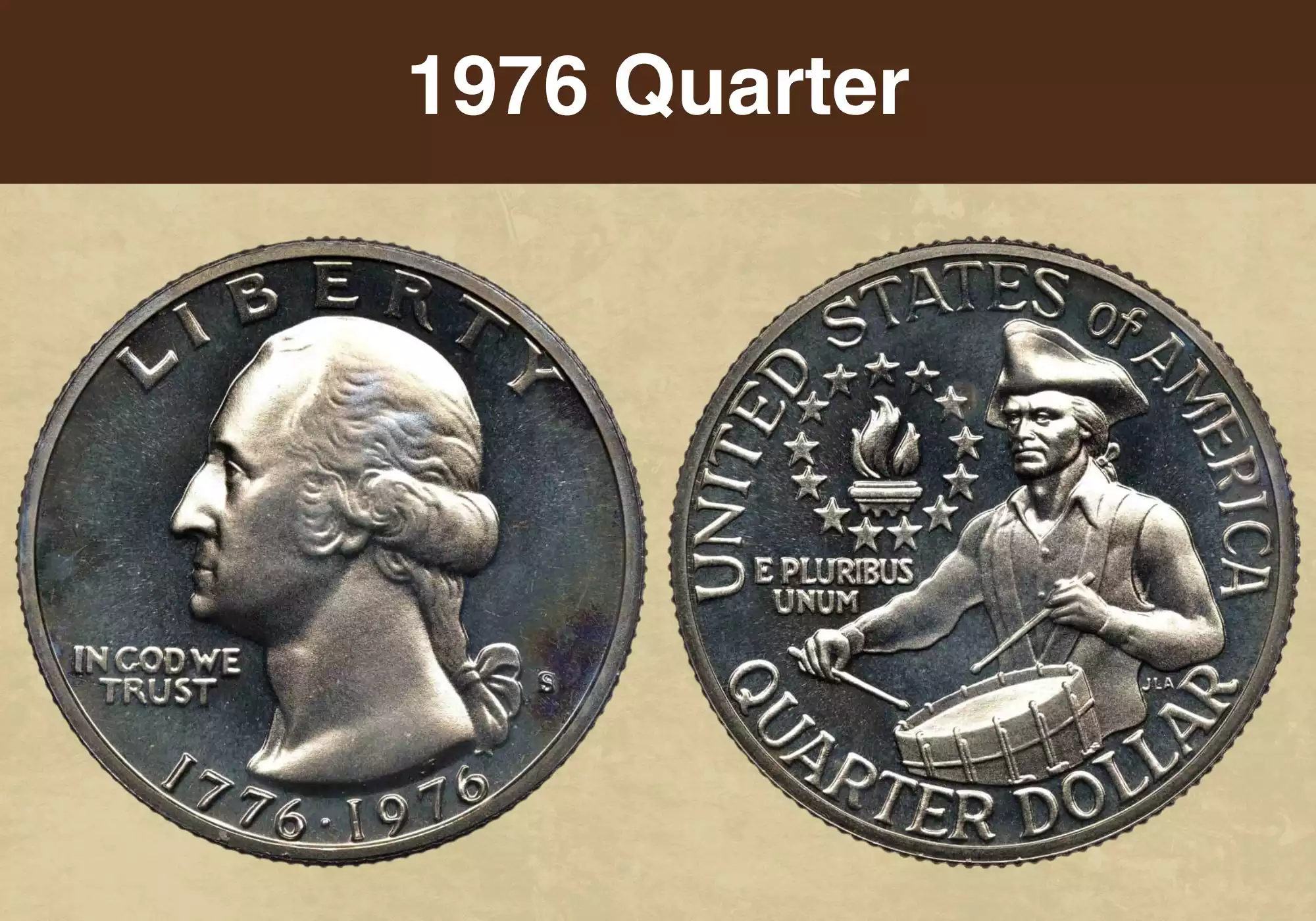
Two hundred years of independence called for something special, and boy, did the Mint deliver. The 1976 Washington Quarter broke every rule in the book—and Americans couldn’t get enough of it.
First shocker: This quarter wore TWO dates (1776-1976) like a badge of honor. Second surprise: Washington’s eagle flew the coop, replaced by a Colonial drummer boy designed by Jack L. Ahr, a 34-year-old art teacher who beat out 884 other designers for the glory (and a cool $5,000 check).
The Mint went absolutely bonkers with production. We’re talking 1.6 BILLION quarters—enough to give every American six pieces each. They struck them in 1975 AND 1976 but kept the same dual date on all of them. Why? Maximum patriotic impact, baby.
Here’s the wild part: These quarters became instant keepsakes. While other coins got spent, Bicentennial quarters disappeared into drawers, piggy banks, and “special occasion” jars. Grandparents handed them out like candy. Parents told kids to save them because “they’ll be worth something someday.”
Plot twist: They made so many that even today, they’re worth… 25 cents. But nobody cares! These quarters aren’t about money—they’re about that time America threw itself a 200th birthday party and invited everyone to keep a souvenir.
Still the only Washington Quarter that dared to be different. Sometimes being common doesn’t mean being ordinary.
8. 1983 – The Birthday Party That Never Happened
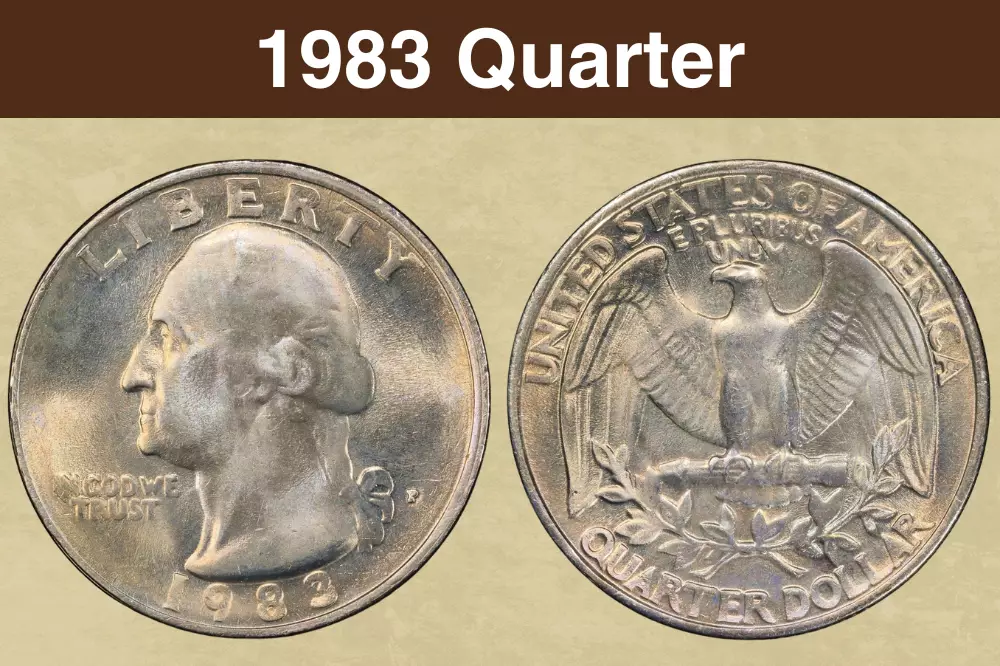
George Washington turned 250 in 1983, and the U.S. Mint celebrated by doing… absolutely nothing. Zero. Nada. This might be the most disappointing non-event in quarter history.
Here’s the scoop: Collectors were PUMPED. Washington’s 200th birthday gave us the entire quarter series. His 250th? Surely something special was coming. Mint officials actually drew up plans for a commemorative design. Congress showed interest. Collectors started clearing space in their albums.
Then reality hit like a cold shower. Budget constraints. Government red tape. “Sorry folks, no special quarter for you.” The Reagan administration was cutting costs everywhere, and apparently, honoring the Father of Our Country didn’t make the cut.
But collectors don’t give up that easily. The numismatic community basically said, “Screw it, we’ll throw our own party.” Coin clubs nationwide organized special events. Dealers created “250th Anniversary” holders for regular 1983 quarters. The American Numismatic Association issued special medals. It was like a grassroots birthday rebellion.
The irony? Today, some of those dealer-packaged “commemorative” 1983 quarters sell for more than raw coins—not because the Mint did anything special, but because collectors PRETENDED they did.
Sometimes the most historic moments are the ones that should have happened but didn’t. The 1983 quarter: proof that even the government can forget George Washington’s birthday.
9. 1990 – The Laser Revolution
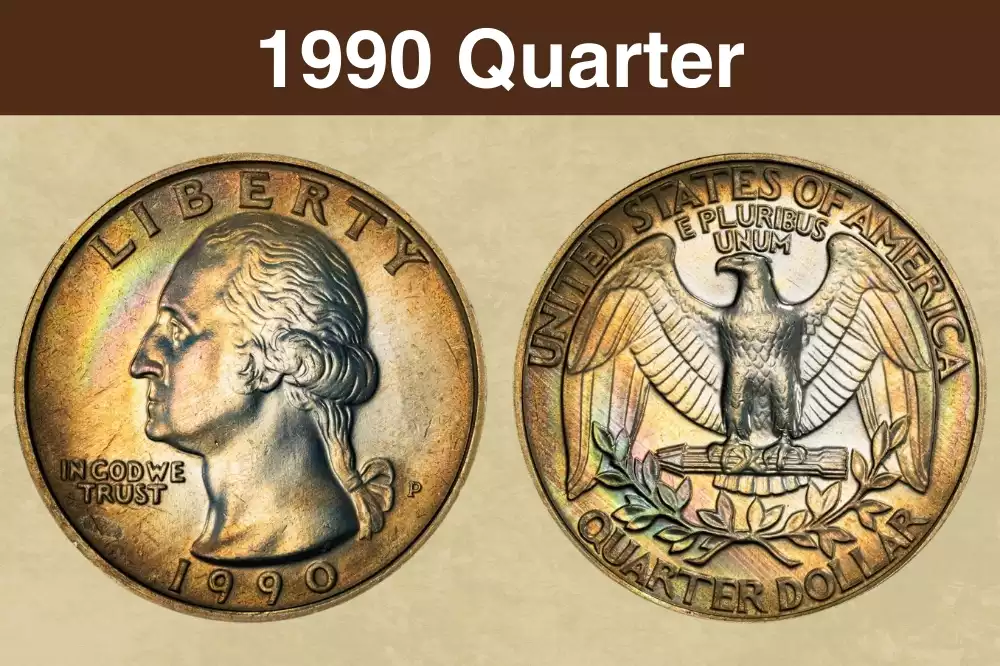
Welcome to the future! 1990 marked the year the U.S. Mint finally joined the Space Age—about 30 years late, but who’s counting? This was when quarter production got its first taste of laser technology, and the results were mind-blowing.
Here’s the tech breakthrough nobody saw coming: The Philadelphia Mint installed laser-scanning equipment that could detect die flaws invisible to the human eye. We’re talking microscopic cracks, tiny imperfections, stuff that used to slip through and create error coins. The new system caught them all.
The result? The 1990 quarters were so perfect they looked fake. Seriously. Collectors used to finding little quirks and die varieties suddenly faced coins with machine-like precision. The details on Washington’s hair? Crisp as a new dollar bill. The eagle’s feathers? You could count every single one.
Old-school collectors actually complained! “Where’s the character?” they moaned. “These look like they came from a computer!” (Plot twist: They basically did.) Error coin hunters had their worst year ever—barely any varieties escaped the laser guardians.
But here’s what made 1990 special: It proved American manufacturing could still innovate. While Japan was eating our lunch in electronics and cars, the U.S. Mint quietly revolutionized coin production. Those “too perfect” 1990 quarters set the standard for every coin that followed.
Sometimes progress means losing a little character. The 1990 quarter: When robots finally got Washington’s hair right.
10. 1998 – The Final Curtain
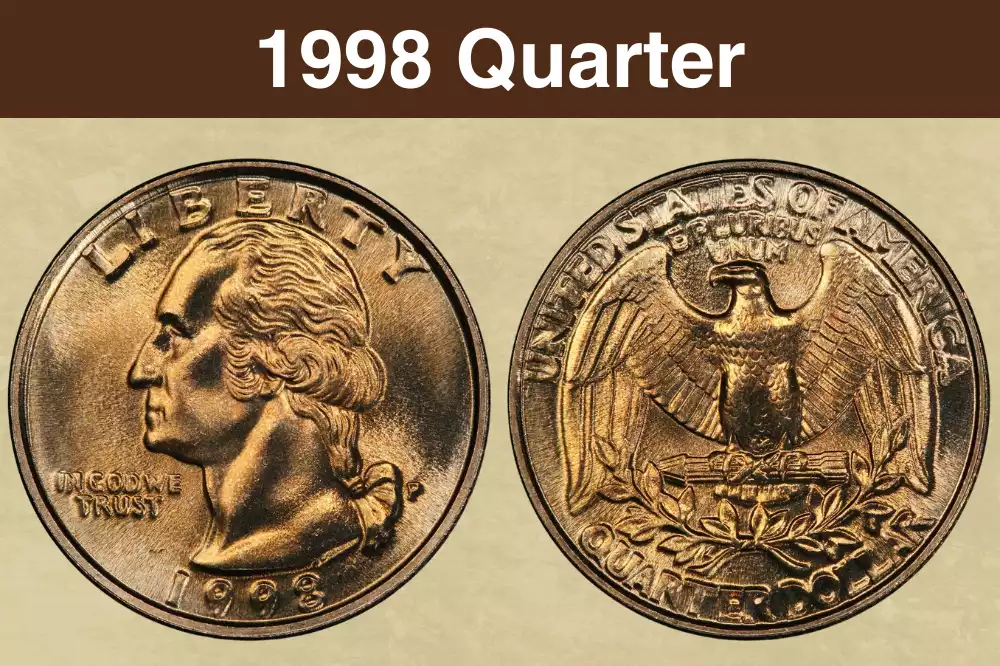
After 67 years, the eagle finally took its last flight. The 1998 Washington Quarter wasn’t just another year—it was the end of an American institution, and everyone knew it.
The announcement hit in 1997: Starting in 1999, the classic eagle design would disappear, replaced by 50 different state designs. Suddenly, the 1998 quarter became the hottest thing since sliced bread. Banks reported a phenomenon they’d never seen before—people actually ASKING for quarters.
“Got any fresh 1998 rolls?” became the question driving tellers crazy. Collectors who hadn’t touched a quarter in decades suddenly turned into hoarders. The Mint struck 1.8 billion pieces, but good luck finding them. They vanished faster than free samples at Costco.
Here’s what made it surreal: For the first time ever, regular people started treating ordinary pocket change like collectibles. Moms saved them for kids. Grandparents stashed rolls with notes saying “Last real quarter.” Even non-collectors grabbed a few, sensing history in the making.
The irony? Everyone panicking about “the last eagle quarter” forgot one thing—they made nearly TWO BILLION of them. Today, a 1998 quarter is worth… 25 cents. But that’s not the point. This was America saying goodbye to a 67-year-old friend.
December 31, 1998: The eagle landed for the last time. An era ended not with a whimper, but with the clink of quarters being saved in jars across America.
The Quarter That Witnessed Everything
From Depression breadlines to Internet boom times, these ten years tell the story of America through the humble quarter in your pocket. Each date marks a moment when a simple 25-cent piece became something more—a controversy, a panic, a celebration, or a goodbye.
These aren’t just coins; they’re time machines. That 1932 quarter touched hands that would fight in World War II. The 1964 silver piece might have bought a gallon of gas for 25 cents. The 1976 Bicentennial quarter celebrated a nation that had just survived Vietnam and Watergate. And that final 1998 eagle? It said farewell just as America stood on the brink of a new millennium.
What makes these years truly historic isn’t their mintage numbers or metal content—it’s the human stories they carry. The Laura Fraser design that got cheated. The patriots who melted their quarters for the war effort. The speculators who thought they’d found the next gold rush. The vending machines that refused to cooperate. The birthday party that never happened.
Next time a Washington Quarter lands in your palm, take a second look. You’re not just holding 25 cents—you’re holding a piece of the American century. And while the eagle may have flown away in 1998, the stories these quarters tell remain as solid as the day they were struck.
Some coins make you rich. These ten made history.
The post 10 Most Historic Years of Washington Quarter (1932-1998) appeared first on CoinValueChecker.


